Are you struggling with the watering needs of your succulent plants? We are here to help you by sharing some of the tricks we learned and to help you grow healthy and beautiful plants. Let’s talk about how to water succulent plants.
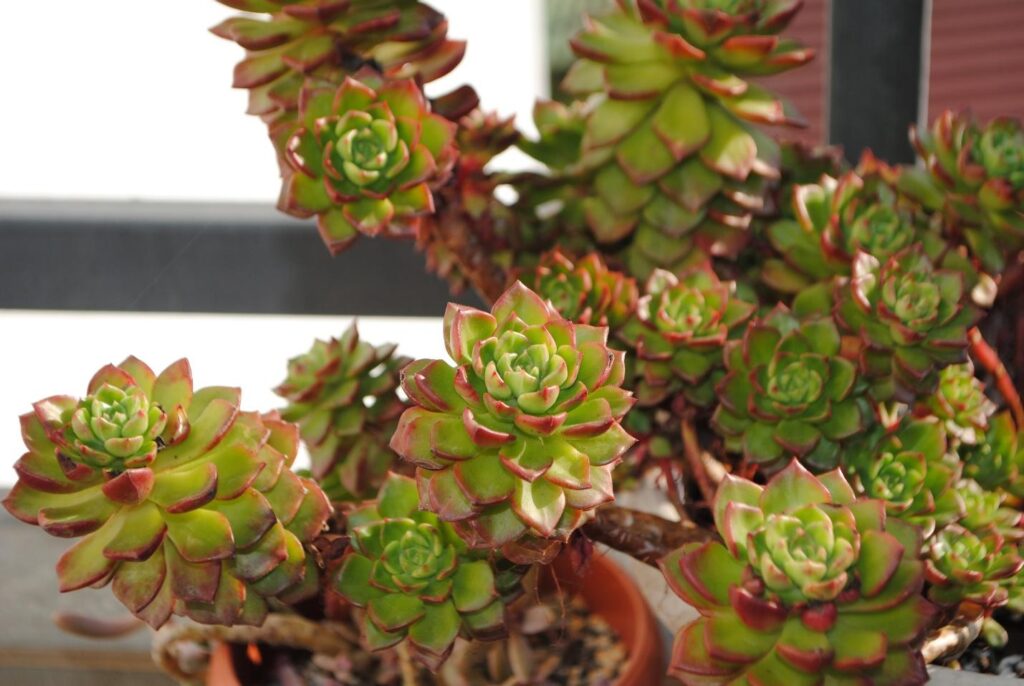
An important thing, especially for water lovers, is to forget to water succulents for a longer period.
Succulents are different from garden plants and can store water in their tissues (leaves and stems), keeping them fresh.
Their natural habitat is dry, low in humidity, and has many sunny days, which tells you that having succulents at home is not as hard as you thought it would be.
Even though watering is unnecessary, we know that every living being requires it. Here, you will learn to create a perfect watering schedule depending on your plant needs.
How to water succulent plants
Track watering activity
Watering frequency is essential for most succulents. These plants do not thrive well if you put in more water than needed like the other plants.
Keep in mind that having a watering tracker is helpful, mainly if you are a new succulent parent. It is better to write than to forget.
With the newest technology, many applications can store your plant information. Still, also you can use a simple calendar or phone notes to write down watering activities.
To improve your skills, write down the name of each plant and its watering needs. At first, you might need to use a calendar to check when you have water for the last time.
Even though it is not good to go underwater, it is better than to kill your plant from overwatering. Because of this, we recommend not putting water in if you are not sure.
Watering depending on your plant location
We assume that in different periods of the year, you might change the location of your succulents, indoor or outdoor.
Since those two environments have different affection for your plants, we will prepare you for the best care of your plants in both situations.
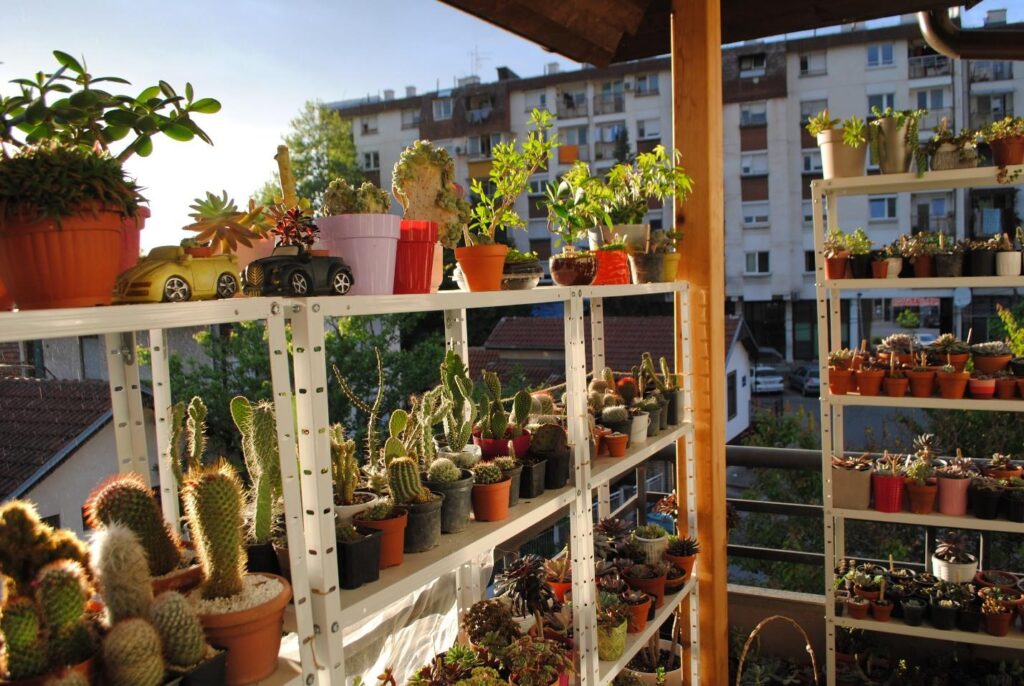
RELATED: Do Succulents Attract Bugs? Plus Best Home Remedies on How to Prevent Them?
Watering indoor succulents
Depending on the space you have at your home, or the growing season, we know that your plans must be inside in a certain period.
Knowing that sun exposition is terminable, you should know that your plants may have consequences if not treated right.
During dormancy periods, plants do not grow, and they prepare for the new season, mainly using their reserved nutrition to survive. In this period, avoid watering succulents often because they do not produce food as active. Subsequently, excess water may rot your succulents or make them soggy and unhealthy.
Adapt your watering schedule, lowering the amount of water and frequency of watering. Also, pay attention not to wet the top of the plant as it can lead to fungal diseases and sudden death.
Air circulation and drainage holes are crucial for having a healthy plant in a home environment.
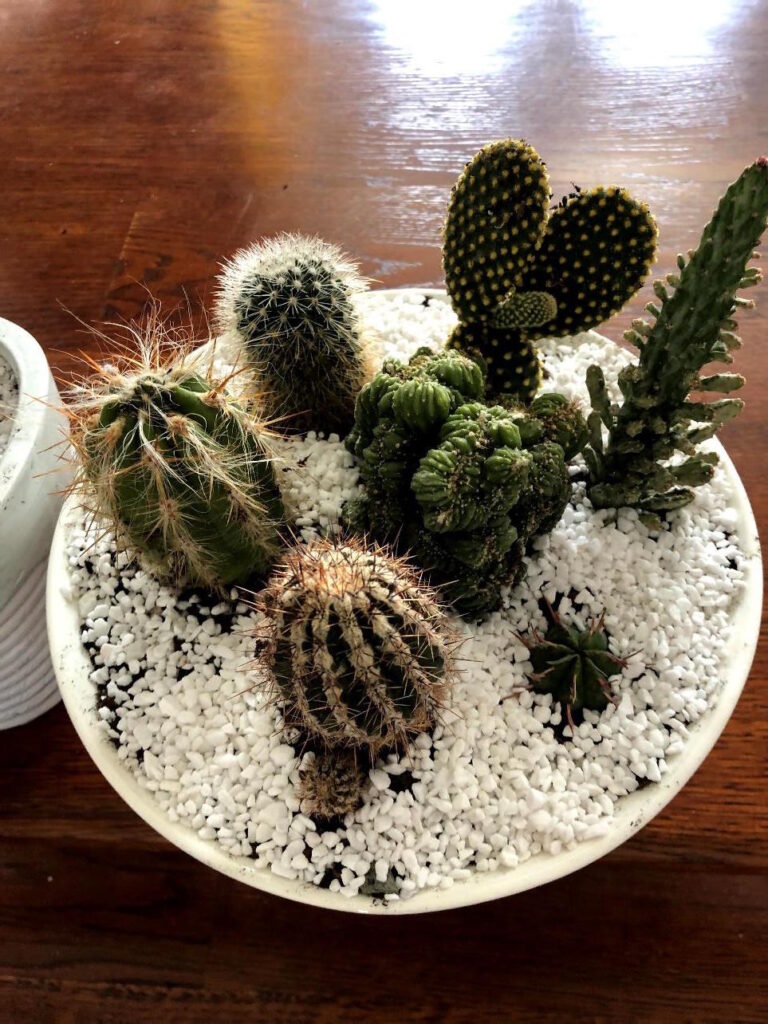
Watering outdoor succulents
When you leave your succulents outside, we guess it is a warm year or living in a warm climate region.
We admit that taking care of and watering plants in their growing season is much easier because they use the stored water faster.
Some of the “rules” apply here as well, such as avoiding watering succulents from the top of their leaves, always potting succulents in well drainage soil, and allowing the soil to dry between two waterings, etc.
In some areas, the weather allows you to pot your succulent in your outdoor patio or garden, which is excellent because watering is much easier when the plant can take up the exact amount needed from the soil. The rest will evaporate or feed another plant left nearby.

How to identify when my succulents need water?
Not all succulents are the same, so you cannot use the same technique for watering.
Usually, after growing succulents for a decent period, you will learn to define all the signals the plant gives you to show that it needs water.
Leaves are the most precise indicator giving you information your plant is under or overwatered.
When succulents need water, their leaves look squeezed, and the tissue has wrinkles. Even though lack of water is not dangerous as more moisture, keep in mind that plants need water to thrive and nourish in the growing period.
At the beginning of your journey, no one expects you to identify all the plants, but learning how to make a difference when they have some needs is suitable for your future collection.
If rotting leaves start taking off your plant, it is a sign that you put too much water or root rot attacked your plant.
As a piece of universal advice, we suggest you always make sure that soil is completely dry before watering and roots are healthy to take up all the given water for growing and storing in the plant.
In the beginning, you may also buy a water meter – hygrometer that will give you information about the current situation of the soil. It is an easy and functional tool available in many stores online and physically.
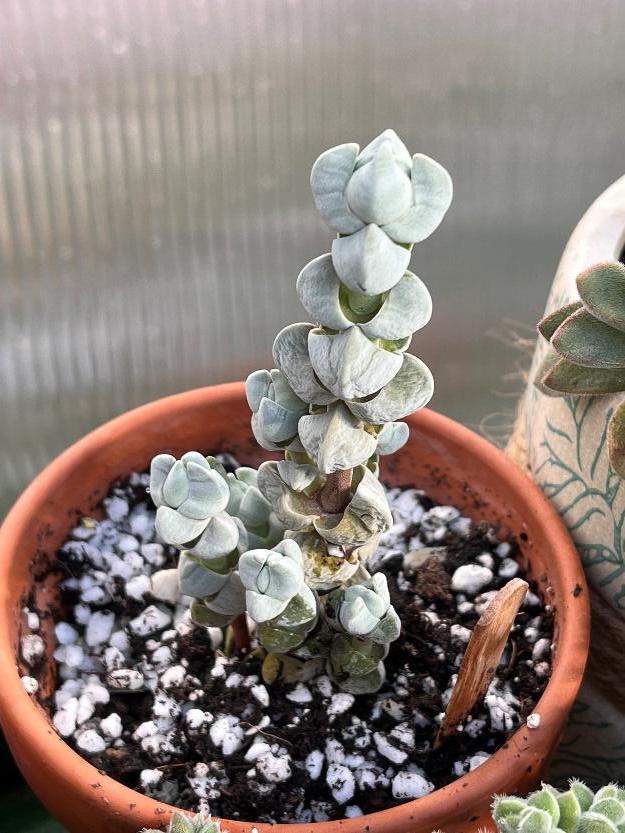
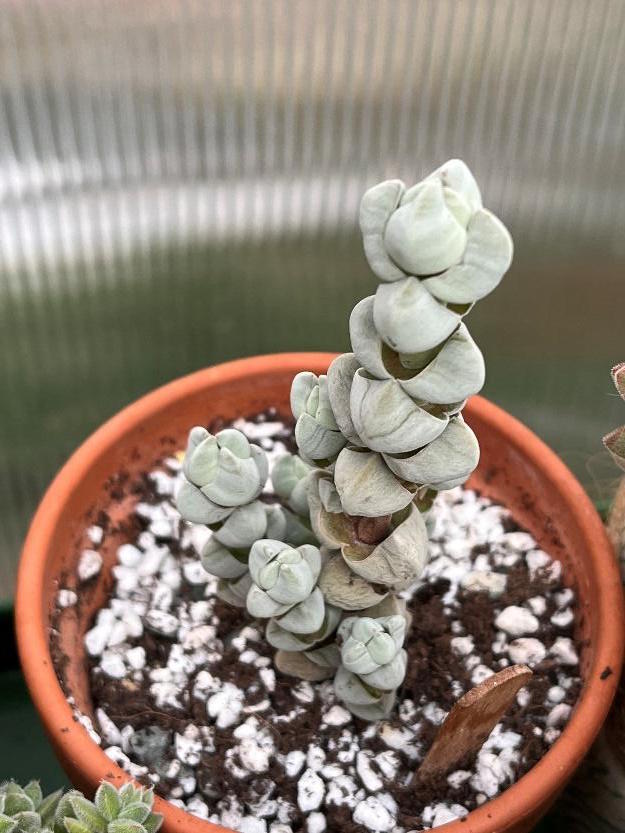
Best way to water succulents
Succulent care often requests some knowledge in watering and soil preparation. Unfortunately, each plant is different, so no perfect watering method is adjusted for all the plants.
If you want to make no mistakes, try to water deeply with a time gap between watering. Also, always add plenty of water and give deep watering. Using a spray bottle or measuring small amounts more frequently can be fatal since the moisture level will be consistently high.


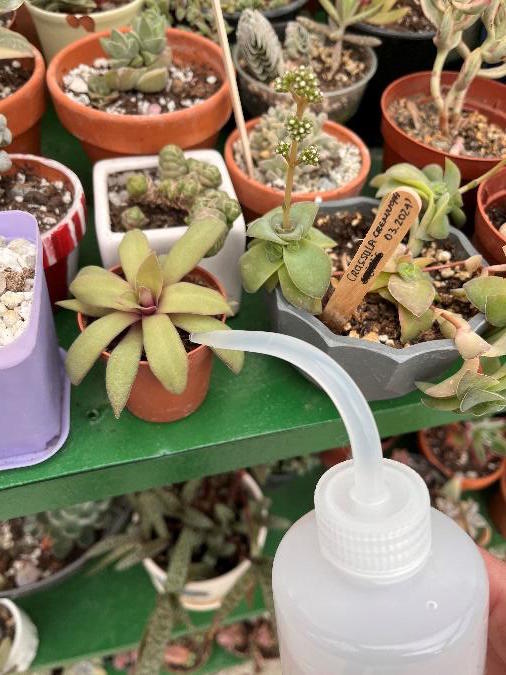
Key elements for healthy plants
Many succulents are challenging to keep alive and healthy, giving headaches to the plant owner. However, a healthy plant does not mean only paying attention to the watering but also keeping in mind other elements.
Read all the details below and always check when buying or planting a new plant.
Soil with good drainage
Suitable soil for sure means a lot when we discuss healthy plants. We have an article to help you prepare the best succulent soil mix at home (check on our page to find that one and many more).
Soil with enough minerals and good aeration may prevent root, mold or other fungal diseases. When water flows free and your water regularly, there is a low chance your succulent plants to die quickly.
Coconut coir is a good option, especially for young plants not resistant to diseases.
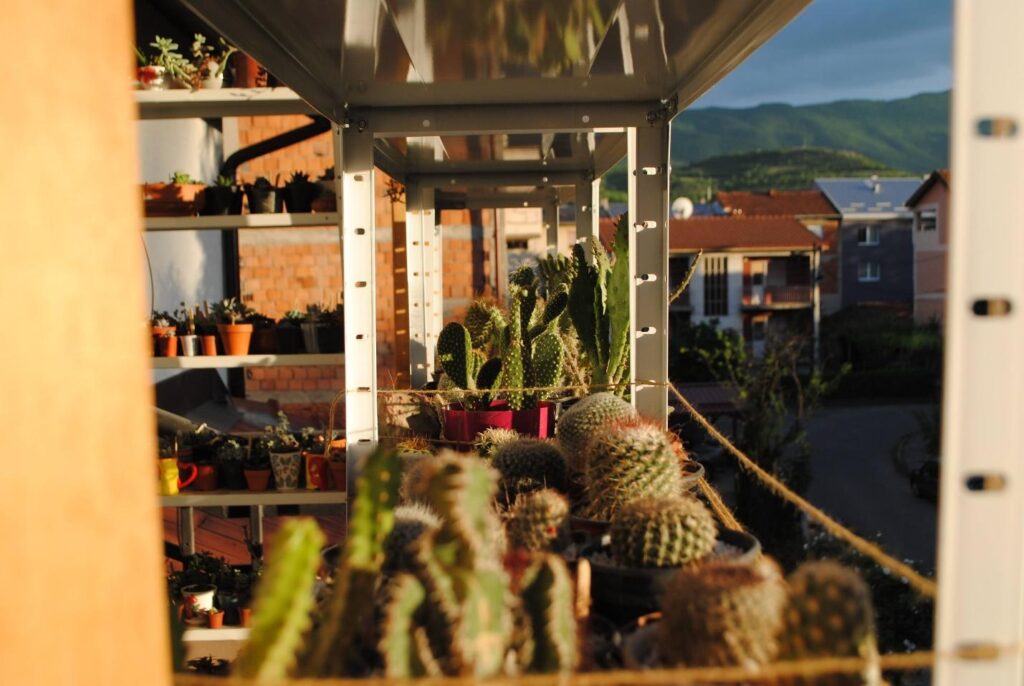
RELATED: Pests in Succulents and How to Get Rid of Them by Chemical & Natural Ways?
Taking care of propagation stations
Small succulents or ones growing from leaves will need to be watered regularly and more often. Their tissues are not developed, and they do not have strong roots, so the best way is misting with spray bottles.
In this situation, do not allow the soil to dry completely and moisten your small plants when you see the ground is already dry.

Additional information for all succulent lovers
You know that we always offer answers to the most asked questions. For this article, we chose to answer the following one:
How do you water succulents in small pots?
Small pots may be challenging to maintain, but there are ways to water your succulents inside them. If the pot has a drainage hole, you can water it from the bottom plate. This method is preferable since the water will quickly move to the succulent roots, using the whole amount, and the soil dries easily.
Additional suppliers you may use are bottles with a pipe that can directly water inside the pot, a medical syringe, or a small glass.
How to care for indoor potted succulents?
Succulent watering is similar for plants kept indoors. All succulent growers should know that the potting soil is a key element for successful growth. We mentioned before that too much moisture and wet soil lead to fungal diseases and rotting rot.
Plants in soggy soil have bigger chances to die indoors because of the air circulation and humidity. Because of this, the best advice is to avoid root rot by planting your succulent in the homemade succulent mix, where you will put all the necessary ingredients essential for your plant health.
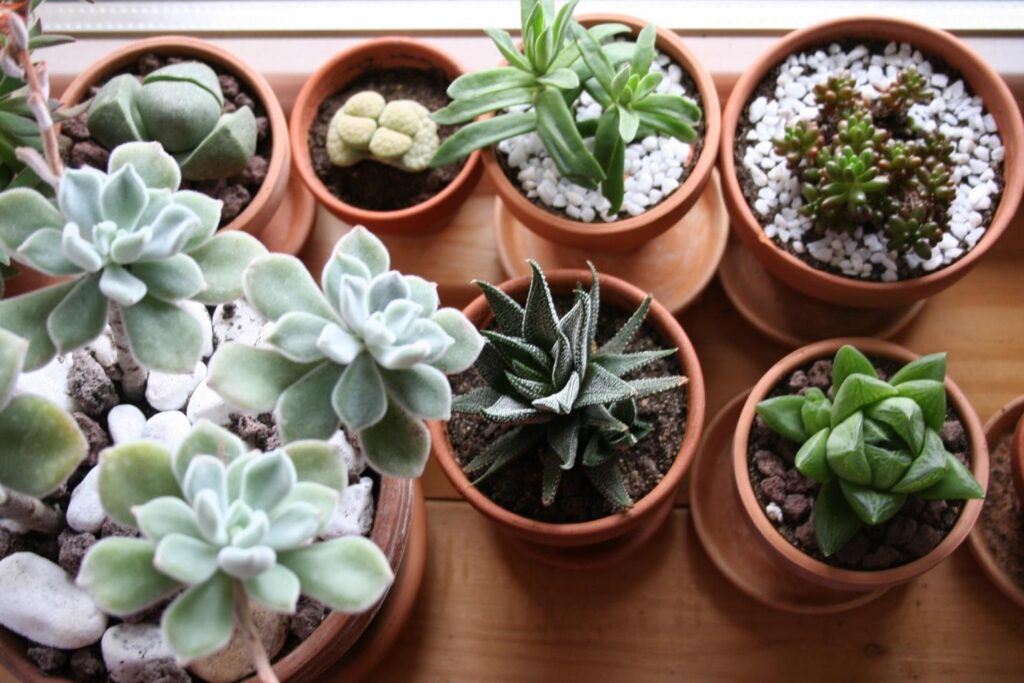
RELATED: 19 Heart Touching and Joyful Korean Succulents for Gardens
Do succulents need a lot of sun?
Additional helpful tips include succulent sun exposition. If your succulent plant does not have enough sunlight for an extended period, it will elongate and change its morphology.
All the plants need sun in different amounts because of photosynthesis. Therefore, thanks to the sun, your succulents are making energy to survive and look healthy.
Succulents need direct sun but always try to adapt to new plants first because they can get a sunburst if left on high intensity at once.
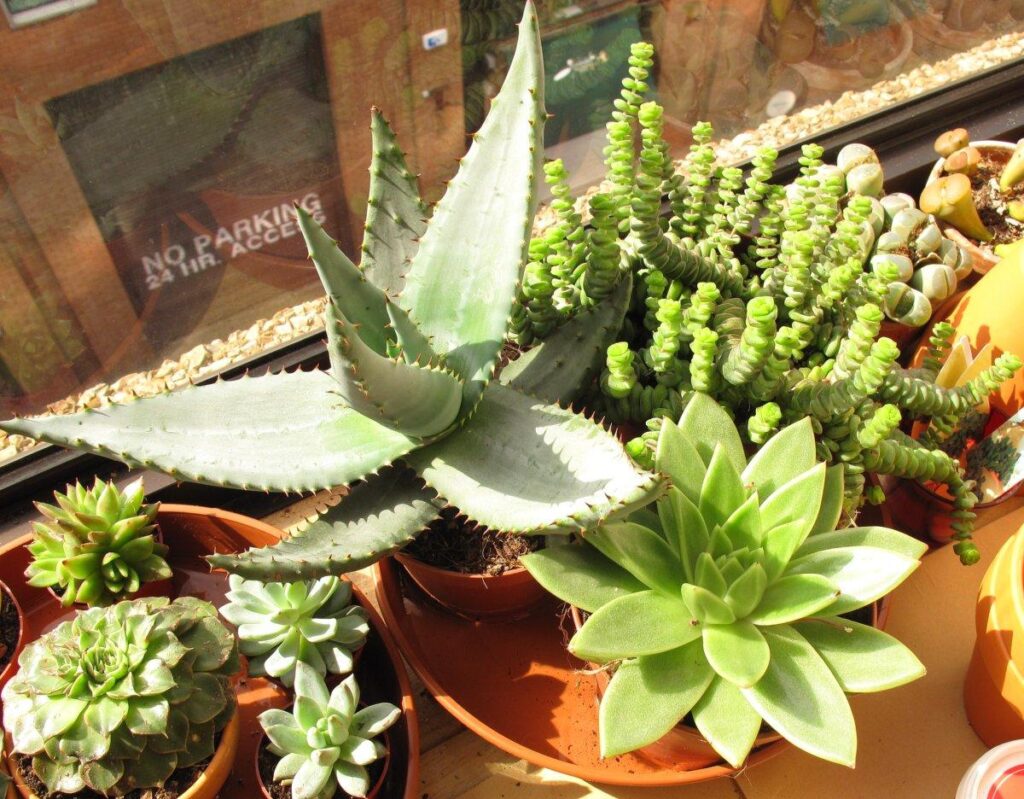
Can succulents get back from overwatering?
We dedicated an article on this page explaining how to save overwatered plants depending on the damage.
A few methods may be helpful when it comes to plants that absorb water more than needed. You can either take the plant out of the pot, check the root and leave it to dry if it is in the beginning stage, or cut parts of the plant and try rooting it again.
Never forget to check succulent leaves for identifying the watering problems on time.
How do I dry my succulent soil?
If you have put too much water, it is better to take out your plant and dry the succulent soil by spreading it on paper, ground, or table.
Depending on the weather, it can dry out quickly or in a couple of days.
The right succulent mix with good drainage can prevent soil from becoming soggy and rotting your succulent.
Editor’s Recommendations
Now that you know how to water succulent plants, make sure to also read our other articles about cactus and succulents:
18 World Famous Yellow Cactus Varieties for Homes and Gardens
Soaking The Soil: How Often You Should Water Your Succulents
30 Vibrant Types of Red Succulents for Indoor and Outdoor Gardens







